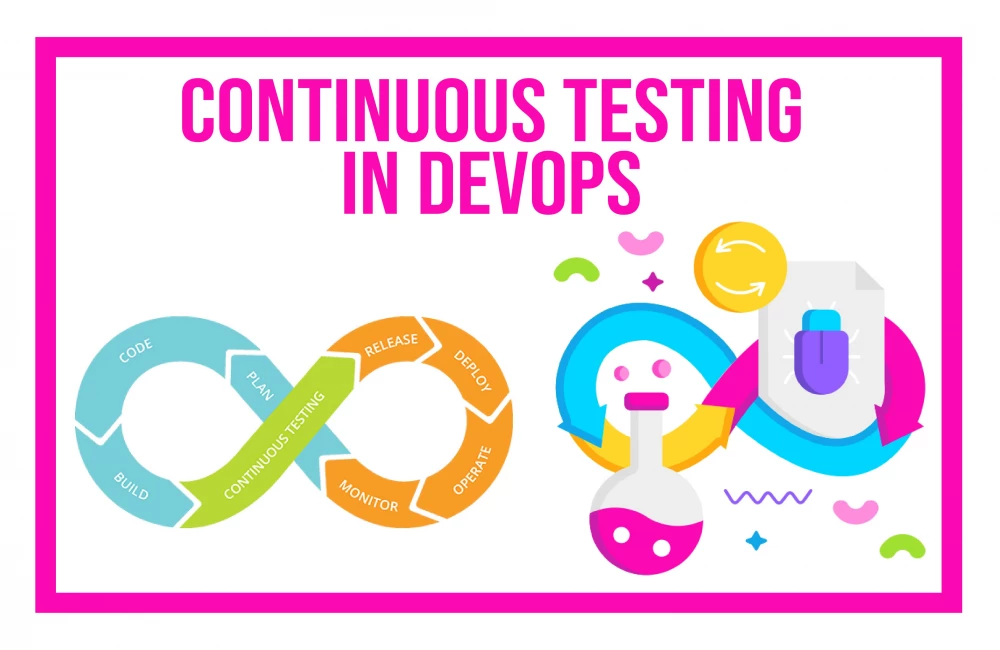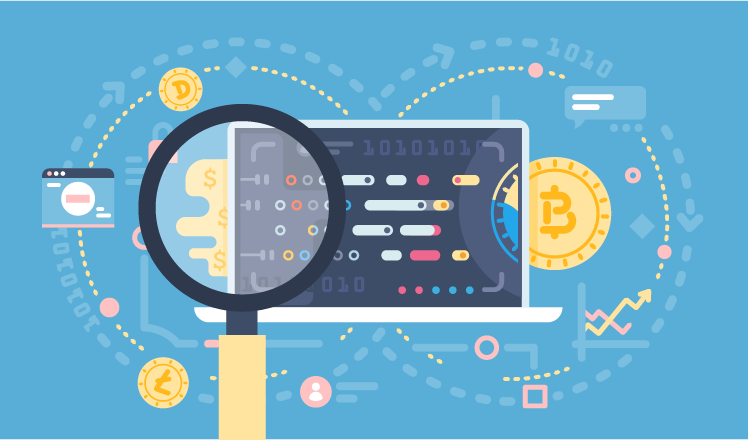The universe of software development is a pursuit of perfection which is a never-ending journey. The quality assurance process stands as the guardian of software excellence, ensuring that applications meet the highest standards of functionality, performance, and reliability. As technology advances at an unprecedented pace, so too does the realm of software testing. In this article, we embark on a forward-looking exploration of this theme. We’ll unravel the latest innovations, methodologies, and strategies that are reshaping the way software is tested and validated. Join us on this enlightening journey as we peer into the horizon of quality assurance, where cutting-edge technologies and evolving practices are paving the way for a new era in software testing.
In the ever-changing landscape of technology, ensuring the quality and reliability of software is becoming increasingly important. One area that has long been a cornerstone in quality assurance is mainframe application testing. But as you move forward, what does the future hold for quality assurance? This article dives into the emerging trends that are redefining the world of software testing, offering insights into what lies ahead.
1. The Rise of Automation in Testing

Automation in software testing is no longer a nice-to-have; it’s becoming a need-to-have. With the fast pace of software releases, manually testing each piece of code is time-consuming and prone to errors. Automated testing can run through numerous scenarios quickly, freeing up human testers to focus on more complex issues that require creative problem-solving. Automation also means that you can test more often, leading to faster detection of problems and, ultimately, higher-quality software.
2. Shifting Toward Early Testing
Traditionally, testing has often been one of the last steps in the software development process. However, there’s a growing trend of incorporating testing earlier in the development cycle. This is often called “shift-left testing,” and it has many benefits. By identifying issues earlier, developers can fix problems when they are easier and less costly to solve. Early testing also enables more time for refining and improving the software, contributing to a better end product.
3. Integration of AI and Machine Learning

Using artificial intelligence (AI) and machine learning in software testing is an exciting development. These technologies can learn from previous tests and use that information to create more effective testing strategies for new software. For example, if a certain kind of bug frequently appears in specific situations, AI can prioritize testing in those areas. This not only improves the efficiency of the testing process but also can result in more reliable software.
4. Increased Importance of Security Testing
As cyber threats continue to evolve, the importance of security testing is growing by the day. In addition to looking for functional issues or performance glitches, testers must focus on potential vulnerabilities that hackers could exploit. This means simulating various types of attacks to see how well the software can defend itself. The goal is not just to create software that works well but also software that is secure and protects user data.
5. DevOps and Continuous Testing

DevOps, a set of practices that automate the processes between software development and IT operations, is becoming more widespread. One key element of DevOps is continuous testing, where software is tested at every stage of the development process. This constant feedback loop helps teams to spot issues early and fix them quickly. Continuous testing means that quality assurance is not just a single step but an ongoing process, thereby ensuring a more robust and reliable end product.
6. Crowdsourced Testing

Crowdsourced testing is a modern approach that harnesses the power of a remote community of testers to evaluate software applications. This method offers a unique advantage by tapping into diverse perspectives and real-world usage scenarios that may not be apparent in traditional in-house testing. With the ever-increasing complexity of software and the rapid pace of development, crowdsourced testing has gained traction in the field of quality assurance.
One of its significant benefits is the ability to simulate a wide range of user experiences, making it an invaluable resource for identifying usability issues and uncovering bugs that might go unnoticed in conventional testing. For instance, when testing a mobile app, remote testers from different geographical locations and backgrounds can provide insights into how the app performs under various network conditions and device configurations. Such feedback is invaluable for delivering a polished, user-friendly product.
7. Test Data Management

In today’s digital landscape, where data privacy and compliance are paramount, test data management has emerged as a critical aspect of software testing. Properly managing test data is essential to ensure that sensitive or personal information is adequately protected during testing processes.
The importance of this practice cannot be overstated. Mishandling test data can result in data breaches, legal complications, and damage to a company’s reputation. Therefore, organizations need robust strategies and tools to manage and secure test data effectively. By implementing data masking, data anonymization, and access control measures, companies can safeguard sensitive information while conducting thorough tests on their applications.
8. Performance Engineering
While the article briefly touches on performance testing, it’s crucial to emphasize the broader concept of performance engineering. This approach involves considering performance aspects throughout the software development lifecycle, from the initial design phase to deployment. It aims to ensure that applications are not merely tested for performance but are designed for scalability and optimal performance from the outset.
Performance engineering encompasses activities such as load testing, stress testing, and scalability testing. By integrating these practices into the development process, organizations can proactively identify and address performance bottlenecks, resulting in faster, more reliable, and scalable software applications.
9. Blockchain Testing

As blockchain technology continues to gain prominence across various industries, blockchain testing has emerged as a specialized area within the realm of software testing. Blockchain-based applications operate on decentralized networks, making their security and functionality paramount.
Blockchain testing involves evaluating various aspects of blockchain applications, including smart contracts, consensus mechanisms, and data integrity. Ensuring the integrity and reliability of decentralized systems is essential, as these technologies underpin critical operations in fields such as finance, supply chain management, and healthcare.
The future of quality assurance in software testing is undergoing significant transformations. From the rise of automation to the integration of AI, the field is adapting to meet the demands of rapid technological advancements. Security concerns and the adoption of DevOps further illustrate that the scope of software testing is broadening. As these trends evolve, they offer challenges and opportunities for quality assurance professionals.









